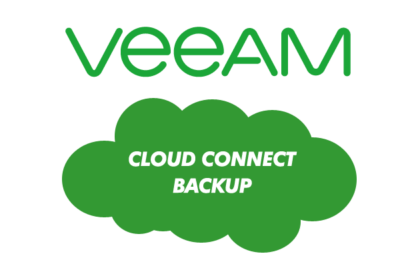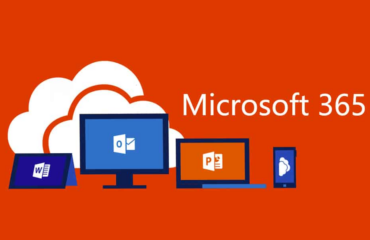
Backups are like insurance: you have to choose the amount of coverage that’s right for you. You have to consider what kinds of accidents you want covered… and when an accident occurs, what options you’ll have to get things back to normal.
Understanding the challenges
No matter what happens, you should always expect a good backup of your data to exist. The main considerations are how quickly can it be restored and how much does it cost to maintain. Some failures are easy to recover from, some are difficult… and no matter what the scenario, recovering quickly can make things more complex and costly.
In the case of a full site disaster (such as a fire or flood), there may be other challenges you must address. Are your employees able to work from home? How will they communicate? How will they access data? Has this process been tested? This may be an unlikely situation, but it can also be devastating if not given an appropriate amount of planning.
Simplifying the options
At Complete IT, our challenge is to address these needs with the simplest and most cost-effective options possible. We provide three options, each tailored to different use cases and business needs:
Option 1: Backup server with offsite replication
This option includes a backup server that stores a local copy of your data and replicates this data offsite to protect against a full site disaster. The backup server is sized only to store data and lacks the processing power to run your virtual machines.
Option 2: Large backup server with offsite replication
This option includes a backup server that not only stores a local copy of your data but is also capable of running your virtual machines. If your primary server fails, the backup server can temporarily take over until your primary server is repaired. As in option 1, all data is also replicated offsite to protect against a major site failure.
Option 3: Backup server with cloud failover
This option includes a backup server that stores a local copy of your data and replicates this data to Microsoft Azure. In the case of a primary server failure or full site disaster, virtual machine replicas running on the cloud can be switched on and continue processing until the primary site is restored. This provides great flexibility in being able to quickly restore all virtual machines, regardless of the nature of the failure.
Recovery options
All options include a local backup so any accidental data loss can quickly be restored. All options also include an offsite copy of data, so your data is always protected. If there is a major failure, however, options 2 and 3 provide faster paths to recovery, albeit at increased cost.
Option 3, cloud failover, also has one unique advantage in that you can effectively test full site disaster recovery plans with minimal business impact. A cloud failover requires just a few minutes to perform, and your desktop computers will continue to operate normally even when failed over to your cloud platform. With sufficient bandwidth in place, you may not be able to tell that you have failed over to Azure at all. If you are considering moving to the cloud, this is an excellent way to test if cloud works for you before committing to a full migration.
Additional information
A PDF summarizing these options and benefits is provided below. Please reach out to us with any questions you may have…
— The Complete IT Team



